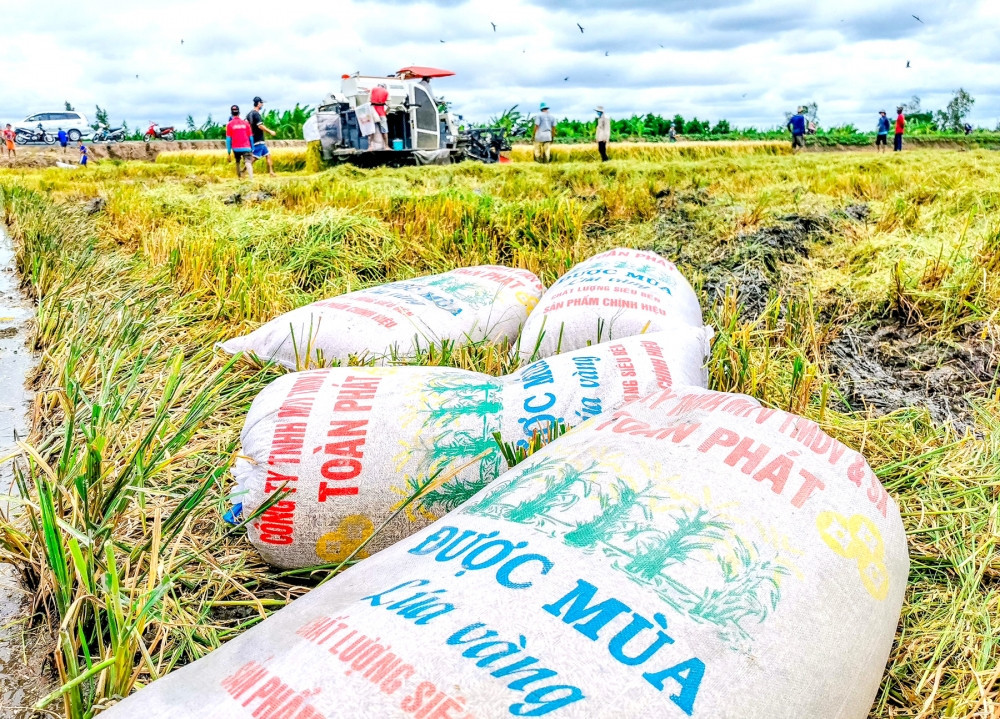
Phung Van Thanh, Vietnamese Trade Counsellor in the Philippines, said Vietnam is an important rice supplier for the Philippines, cementing its position as the No1 exporter to the market.
The great advantage of Vietnamese exporters is the long lasting business partnership with Filipino importers. Vietnam’s rice can satisfy the diverse demand of consumers and is suitable to the taste and consumption habits of local consumers. Having high quality, Vietnam’s rice is always very reasonable in price.
Thanh said Vietnamese rice exporters still have opportunities to boost exports to the market. However, Thanh warned that Thailand is also seeking to increase its exports to the market and compete with Vietnam’s rice.
Vietnamese rice exporters need to continue to cooperate with ministries and branches to run sale promotions and advertise Vietnam’s rice products. It is also necessary to diversify rice products. Exporters should not focus only on high-quality rice products, but should also provide average-quality rice products to serve people with low and medium incomes.
Pham The Cuong, Trade Counselor in Indonesia, said Vietnam’s rice is well known in the market and Indonesia is the second largest consumer of Vietnam’s rice. However, he said Vietnam now has to compete with Thai rice in the high-end segment.
The rice prices in Indonesia have increased sharply recently because of shortages. By February 2024, Indonesia had experienced eight months of rice shortages because of the low domestic output.
The rice shortage has been reported by supermarkets. Indonesian Minister of Trade has requested people to buy rice under the government’s price stabilization program. The retail price of high-quality rice has reached $1.16 per kilogram in the market, which is higher than the ceiling price level.
Indonesia put out bids to provide 500,000 tons of rice on January 17 (Vietnamese exporters won the bid to provide 300,000 tons). Vietnamese enterprises need to keep a close watch over the market to grasp opportunities in the first months of the year.
However, Indonesia’s policy on food self-supply will make its demand for rice imports decrease in the time to come. To retain the market, Vietnam needs to maintain quality and pay attention to branding.
Businesses need to deliver products on schedule and respect agreements between two sides, because the number of businesspeople who have an import license is limited.
Rice prices sliding
A preliminary report of the General Department of Customs (GDC) showed that Vietnam exported 663,000 tons of rice by mid-February, worth $467 million. The export volume increased by 14.3 percent, while export value rose more by 53 percent, thanks to rice price increases.
In January 2024, the rice export price was $707 per ton on average. But the prices are sliding now.
According to the Vietnam Food Association (VFA), on February 29, Vietnam’s 5 percent broken rice export price dropped to $594 per ton, down $69, and 25 percent broken rice to $570 per ton, down $73.
The domestic rice prices have also decreased sharply. Paddy price at rice fields has dropped to VND7,557 per kilogram, and paddy price at storehouses to VND8,683. Meanwhile, 5 percent broken rice is selling at VND13,389 per kilogram and 25 percent broken rice VND13,100.
Commenting about global rice trade in 2024, Vu Ba Phu, head of the Vietnam Trade Promotion Agency under the Ministry of Industry and Trade (MOIT), said the market will be affected by rice export bans imposed by some countries. Russia has announced its withdrawal from the Black Sea Grain Initiative, and unfavorable weather conditions have affected food output in many countries.
Tran Quoc Toan, deputy head of the Import-Export Department under the Ministry of Industry and Trade, said the agency is keeping watch over the world’s rice market performance and the moves by rice production countries, in order to give timely information to ministries and businesspeople to help them draw up business plans.
Tam An